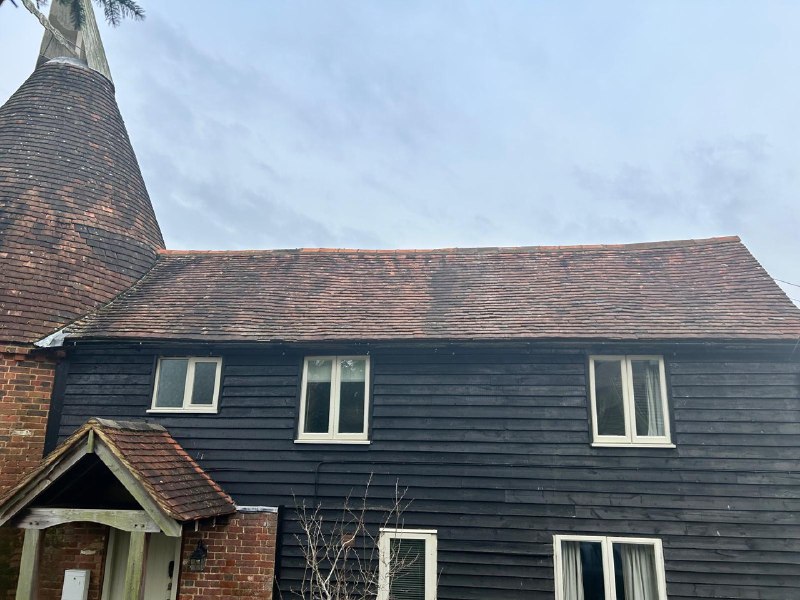Introduction: Dealing with slipped roof tiles can be daunting for homeowners, especially when faced with budget constraints. However, with the right knowledge and tools, tackling these repairs yourself is possible, saving both time and money. In this blog post, we’ll share some budget-friendly tips for DIY slipped tile repair that any homeowner can follow.
- Gather the Necessary Tools and Materials: Before you begin the repair process, ensure you have all the tools and materials you’ll need. This typically includes a ladder, safety harness, roofing nails, hammer, pry bar, roofing adhesive or sealant, and replacement tiles if necessary. You can often find these items at your local hardware store or online at an affordable price.
- Conduct a Thorough Inspection: Inspect your roof carefully to identify slipped or damaged tiles. Look for signs of wear and tear, such as cracks, chips, or loose tiles. Note the location and extent of the damage, as this will help you plan your repair strategy effectively.
- Safety First: Safety should always be your top priority when working on your roof. Use a sturdy ladder with proper footing, and consider using a safety harness for added protection. Work on a dry, sunny day when the roof is not slippery, and avoid working near power lines or in adverse weather conditions.
- Remove and Replace Slipped Tiles: Carefully remove the slipped tiles from the roof using a pry bar or hammer. Take care not to damage surrounding tiles or the underlying roof structure. Once the slipped tiles are removed, inspect the area for any debris or dirt that may need to be cleared. Then, replace the tiles by sliding them back into place and securing them with roofing nails or adhesive.
- Seal and Secure: To ensure a watertight seal and prevent future slipping, apply roofing adhesive or sealant around the edges of the replaced tiles. This will help bond the tiles to the roof surface and provide added protection against moisture and weather damage.
- Monitor and Maintain: After completing the repair, monitor your roof regularly for any signs of further damage or slipping. Look for loose or cracked tiles and areas where water may be pooling or leaking. Routine maintenance, such as cleaning gutters and removing debris, can also help prevent future issues and prolong the life of your roof.
Conclusion: While DIY slipped tile repair can be a cost-effective solution for homeowners, it’s important to approach the task with caution and attention to detail. Following these budget-friendly tips and prioritising safety, you can successfully repair slipped tiles on your roof without breaking the bank. However, it’s always best to consult a professional roofing contractor for assistance if you’re unsure about tackling the repair yourself or if the damage is extensive.
Call us on: 01332 215 195
Click here to find out more about Castle Donnington Roofing Repairs
Click here to complete our contact form and see how we can help with your roofing needs.

